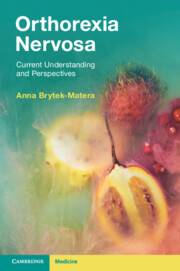Humans are infected by 2 genetic assemblages (A and B) of Giardia duodenalis, a protozoan parasite that causes gastro-intestinal disease. Sub-assemblages AI, AII, BIII and BIV are commonly identified in human cases. Detection requires amplification of G. duodenalis loci. Subsequent DNA sequencing or restriction fragment length polymorphism (RFLP) identifies sub-assemblages but is expensive (DNA sequencing) or insensitive (RFLP). This study investigated a fluorescence-based detection method, using terminal-restriction fragment length polymorphism (T-RFLP) of the glutamate dehydrogenase gene to characterize human infections. Clinical samples (n=73), positive for Giardia were collected in New South Wales, Australia, and were used to evaluate T-RFLP detection. The accuracy and sensitivity of T-RFLP detection was established by comparison to DNA sequencing and RFLP. Sub-assemblage assignment by T-RFLP identified BIV as the common subtype in N.S.W cases, whilst AI, AII and BIII were also detected. When compared to DNA sequencing and RFLP, analysis by T-RFLP was a reliable and reproducible method. Automated fluorescent detection enabled accurate sizing of restriction fragments and provided a sensitive alternative to RFLP. Discrimination of sub-assemblages by T-RFLP was comparable to DNA sequencing, but was efficient and inexpensive. The protocol described here provides a rapid and sensitive diagnostic tool for routine sample screenings in epidemiological research.
